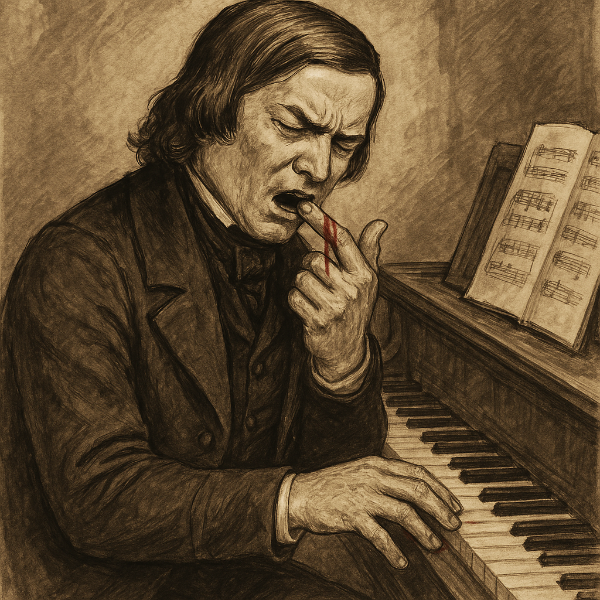In imitation of the French model, salon culture developed in Russia in the second half of the 19th century in St Petersburg. French became the language of choice, as a substantial number of French noblemen and noblewomen had fled from France after the outbreak of the French Revolution in 1789. “French émigrés found that the salon offered an opportunity to continue the noble way of life to which they had been accustomed; Russian salonnières, for their part, tried to resurrect the French spirit of politesse, which the revolution had supposedly destroyed.”
In a number of salons, music making played a central role, and for the most part, foreigners composed the music. Music composed by Russians was criticized for “its slavish dependence on western models.” The salonnières hosting these regular gatherings could display their education and talents, and that was certainly the case with Princess Natalia Ivanovna Kurakina (1766-1831). A contemporary observer wrote, “this charming Princess Kurakina is an excellent musician who composes very nice romances and delights in the social gaiety of her world.”
Princess Natalia Ivanovna Kurakina
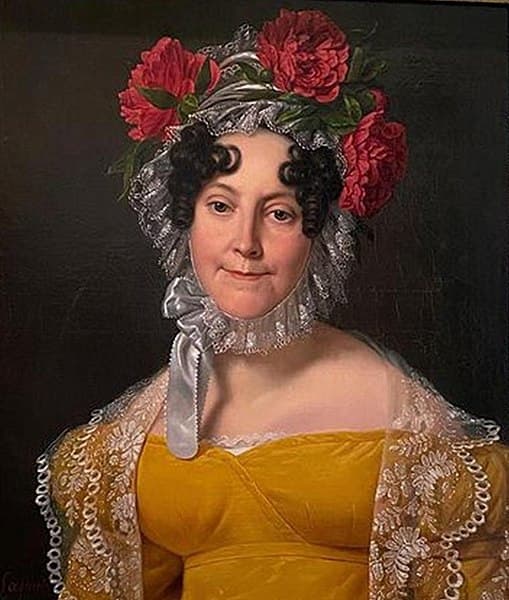
Princess Natalia Ivanovna Kurakina
Natalia Kurakina I: “Je vais donc quitter pour jamais” (Anne Harley, soprano; Talisman)
Princess Kurakina was well acquainted with French and Italian literature, and she played the harp, the guitar, and was an accomplished singer. At age sixteen, she married Prince Aleksei Borisovich Kurakin, “who would become Procurator General, the head of the Senate, one of the highest offices in the Russian administration. The couple resided at the court of the future Tsar Paul I, and her compositions were performed in the salon of the future Empress Elizabeth. When her husband fell out of favor with Paul I, Kurakina traveled to Paris and started to host a salon in the French capital. She quickly became the toast of the town, and she wrote to her brother-in-law, “I like it in Paris because I am popular here.” She became a close friend of the painter Elisabeth Vigée-Lebrun, and the poet Ivan Dmitriev dedicated some admiring verses to her.
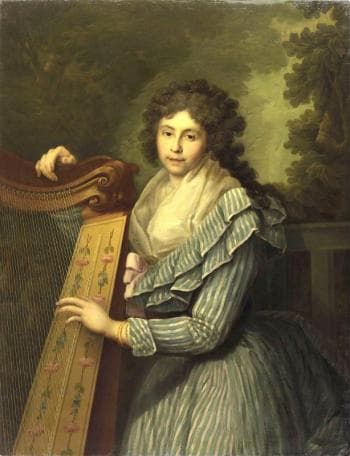
Princess Natalia Ivanovna Kurakina
What is our singing before Erato’s rival?
She finds a way to our hearts with her voice alone!
I shall lay my lyre at Kurakina’s feet
And listen in silent rapture.
Yekaterina Alexeyevna Sinyavina
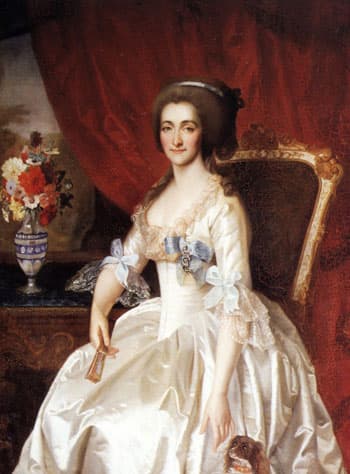
Yekaterina Alexeyevna Sinyavina
Yekaterina Sinyavina: Harpsichord Sonata, “1st Movement” (Irina Rees, harpsichord)
Princess Kurakina was not the only woman of Russian nobility to dabble in composition.
Yekaterina Alexeyevna Sinyavina was the daughter of the Russian admiral Alexey Sinyava. She was taken to court at an early age where she became a lady-in waiting to Catherine II. She received music instruction from Giovanni Paisiello, who even dedicated a cembalo concert to her. In fact, Sinyavina first performed in that work as a soloist at the court of Catherine II in 1781. That very same year she married Sergei Vorontsov, the Russian ambassador to London. It has been suggested that she composed a variety of instrumental chamber works, but her only surviving composition is a piano sonata dedicated to her teacher. According to scholars, “it may well be the first keyboard work composed by a native Russian composer.”
Countess Varvara Nikolayevna Golovina

Countess Varvara Nikolayevna Golovina
Vavara Nikolaevna Golovina: “Roses d’amour” (Anne Harley, soprano; Talisman)
The Countess Varvara Nikolayevna Golovina (1766-1821) née Princess Golitsyna was maid of honor to the Russian court, and a close confidant of Empress Elizabeth. She was the youngest child of Lieutenant-General Nikolai Fyodorovich Golitsyn and Princess Praskovia Ivanovna Shuvalova. From an early age, Varvara showed great aptitude for painting and for music. She participated in concerts at the Winter Palace, singing her own compositions. Before and after her marriage to Count Nikolai Nikolayevich Golovin, Varvara spent time in Paris and was quickly accepted into the high society of Château de Saint-Germain-en-Laye. The Napoleonic wars forced a short return to Russia, but she eventually died in Paris in 1821 and was buried at the Père Lachaise Cemetery.
Maria Zubova
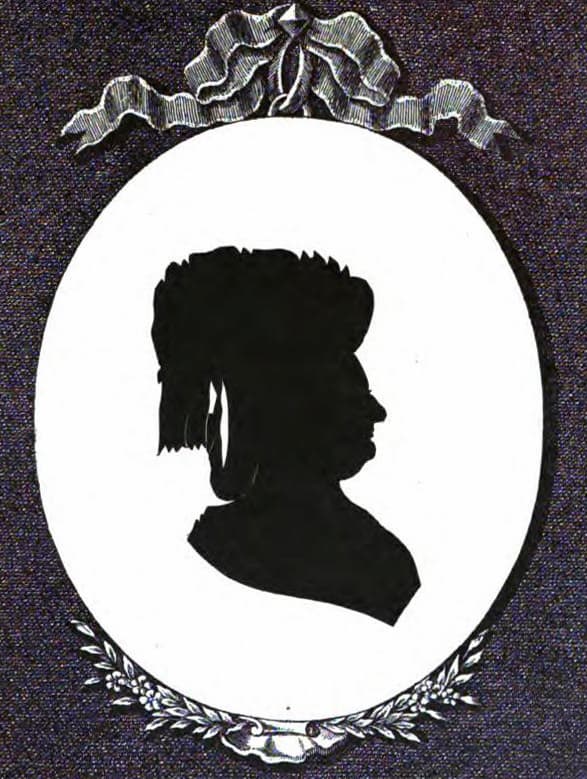
Maria Zubova
Maria Zubova (1749-1799) was a composer and concert singer primarily known for her rendition of folksongs. Daughter of Vice Admiral Warrior Yakovlevich Rimsky-Korsakov, Zubova composed a substantial number of salon songs, and the Russian writer Daniil Mordovtsev considered her as one of the “literary daughters of Lomonosov and Sumarokov.” The Russian folklorist Mikhail Nikolaevich Makarov meanwhile called her “the best singer in the early reign of Catherine II.” Zubova wrote her own poetic verse, heavily influenced by the Russian Enlightenment under Catherine The Great. Expressing a natural way of life and the realistic experiences of folk people, Zubova “won much support from Russian society and her career was immensely fruitful throughout Russia’s societal hierarchy.”
For more of the best in classical music, sign up for our E-Newsletter
Maria Zubova: “I am Banished to the Desert” (Anne Harley, soprano; Talisman)



